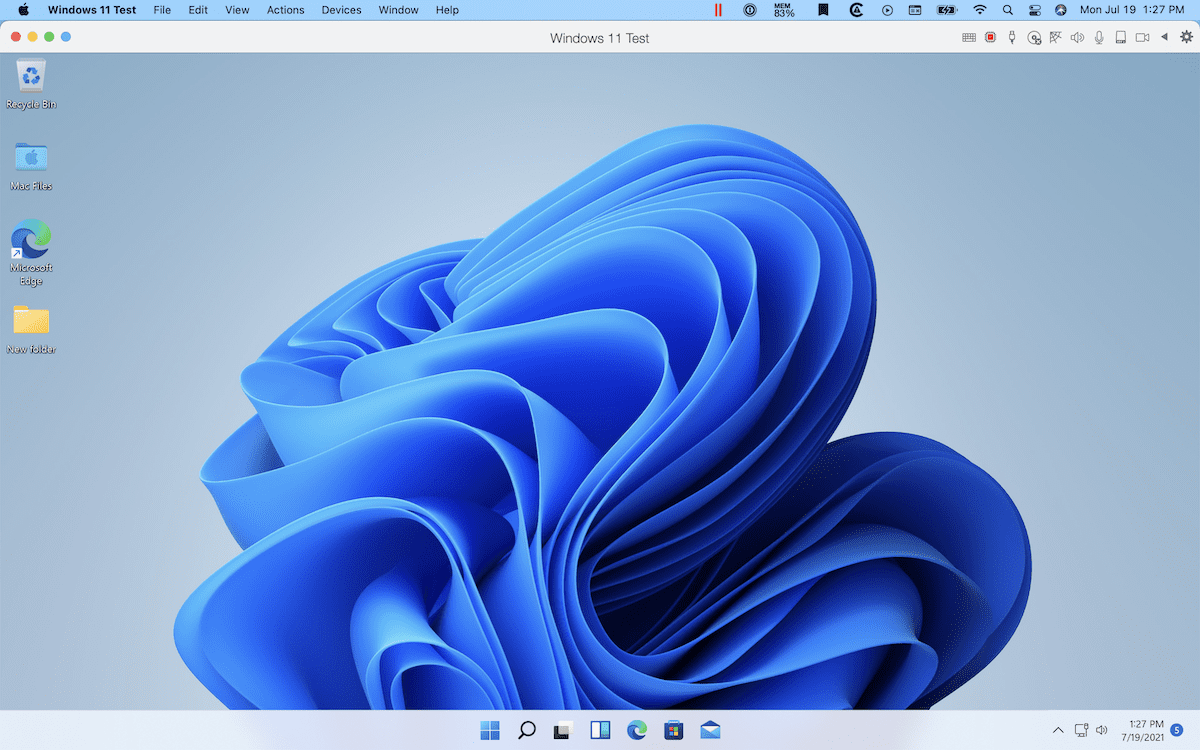

Of course, one of the many reasons both Mac and Windows users are wary of Chrome is because of the amount of data it harvests from users. Chrome doesn’t have this (though there are extensions that emulate it), but Microsoft Edge does – and it’s a lot easier on the eyes, with a manila-colored background. Safari users enjoy an excellent Reader Mode feature that strips out ads and other distractions, providing you with just text. Chrome has this in a feature dubbed Tab Freeze, but with Edge you can control how long before tabs are suspended.
MICROSOFT EDGE FOR MAC M1 FREE
As I work with the two, Chrome consistently uses significantly more memory than Edge when the same pages are loaded.Īnother example where Microsoft is ahead of Google on resource management: Sleeping Tabs, which suspend web pages after a specified amount of time to free up CPU and memory.

When I launch Chrome on an Intel-based Mac running macOS 11.2.3, it takes around 900 megabytes once loaded. Although Edge is built on the same foundation, Microsoft has tuned it better. Firefox was known as a memory and resource hog at the the time, a reputation that now dogs Chrome. When Chrome originally launched in the late 2000s for Windows, it was touted as a leaner alternative to Firefox, which in turn was considered an alternative to Internet Explorer. But it’s not the only feature that makes it a great browser to use on a Mac, and certainly make it a better pick than Chrome. T took me about 10 minutes of using this new version before I was sold. It is worth noting that both Edge and Brave browsers run on the Chromium engine, which means you can migrate data such as extensions from Chrome without having to think twice about compatibility hassles.Microsoft Edge for Mac with vertical tabs pinned open. In case you want a more privacy-centric browser, a macOS ARM64 version of Brave browser was released a few weeks ago as well. Google has already released an ARM64 version of Chrome for macOS, and you also have the Mozilla Firefox browser that gained native M1 Mac support with its version 84 that was released a while ago. However, if Edge doesn’t cut it for you, there are other options on the table as well. Don’t like Edge? Chrome and Firefox run natively on M1 Macs
MICROSOFT EDGE FOR MAC M1 DOWNLOAD
For now, if you have a Mac with the M1 silicon and don’t have any reservations against running beta software, you can download the beta ARM64 macOS build of Edge browser here. And with Microsoft rolling out a beta build, it is quite likely that a stable build of Edge that runs natively on the M1 Macs will be released sooner than later.

In my experience running a beta build of Microsoft’s in-house browser for a few months, the whole process has been usable for the most part. In Microsoft’s own words, ‘the Beta Channel is the most stable Microsoft Edge preview experience.’īut this is still a beta build after all, so there are chances you might come across a few bugs. And compared to the Canary and Dev channels, the Beta version of Microsoft’s browser on the Insiders channel is much more stable. With Edge going native on the M1 Macs, you can expect some performance improvements and a better overall experience compared to its non-native version that ran on top of the Rosetta 2 emulation layer.
Now, the company has finally pushed the ARM64 version of Edge browser that runs natively on the M1 Macs to the beta channel.Ĭompared to the Canary and Dev channels, the Beta is the most stable build But so far, that build has been limited to the experimental Canary channel targeted at developers. Microsoft released an optimized version of its Edge browser for the new Macs powered by Apple’s M1 silicon back in December last year.


 0 kommentar(er)
0 kommentar(er)
